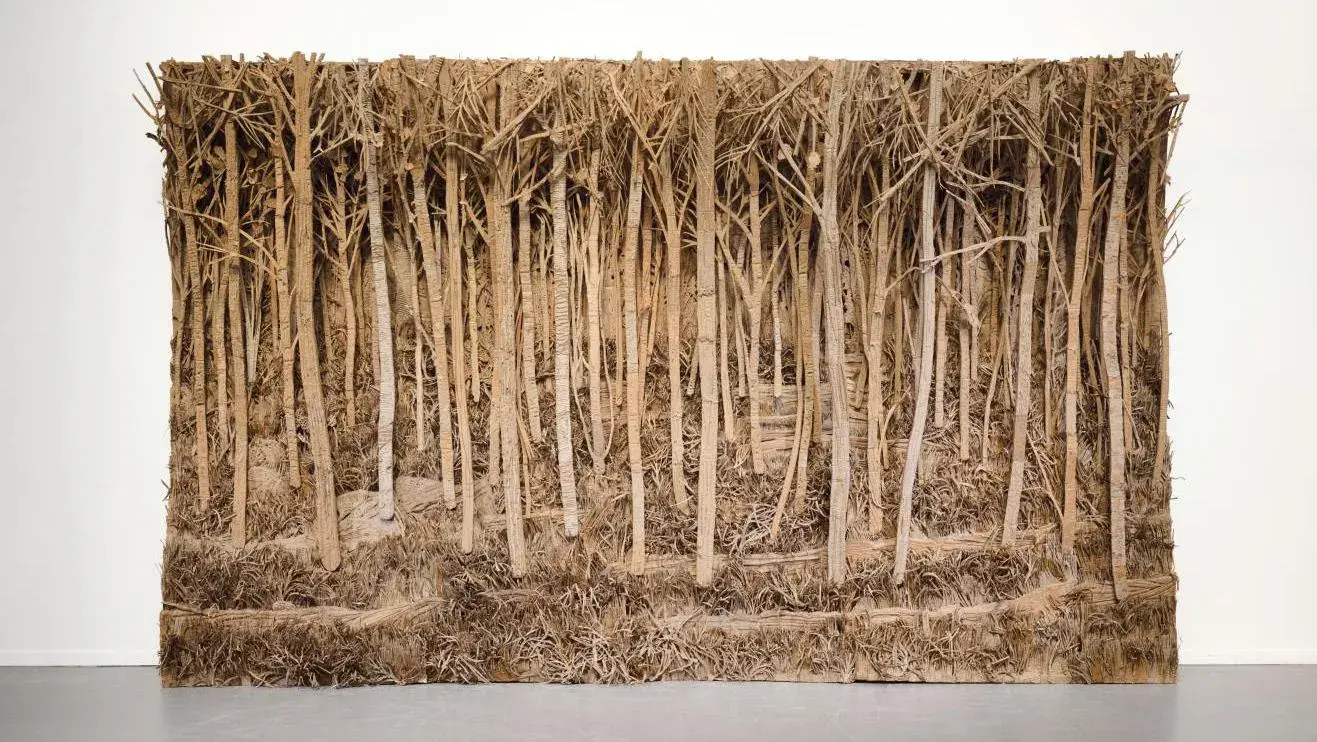Eva Jospin: The Call of the Forest in Contemporary Times
Published on

Eva Jospin, a key figure in the art world, arrives at auction with one of her iconic works: a monumental forest of cardboard, her material of choice. Eva Jospin (born 1975), Forest, 2014, collage of cut and reworked cardboard mounted on a wooden frame of five numbered panels, 2.80 x 4.50 m/9.18 x 14.76 feet.Starting price: €40,000 The visual artist seems to be everywhere at once with a packed schedule. This summer, she unveiled Chambre de soie (“Silk Room”), a monumental 350m2 embroidery in the Orangery at the Palace of Versailles, followed by the inauguration of a work in Ruinart’s new sculpture garden in Reims after









